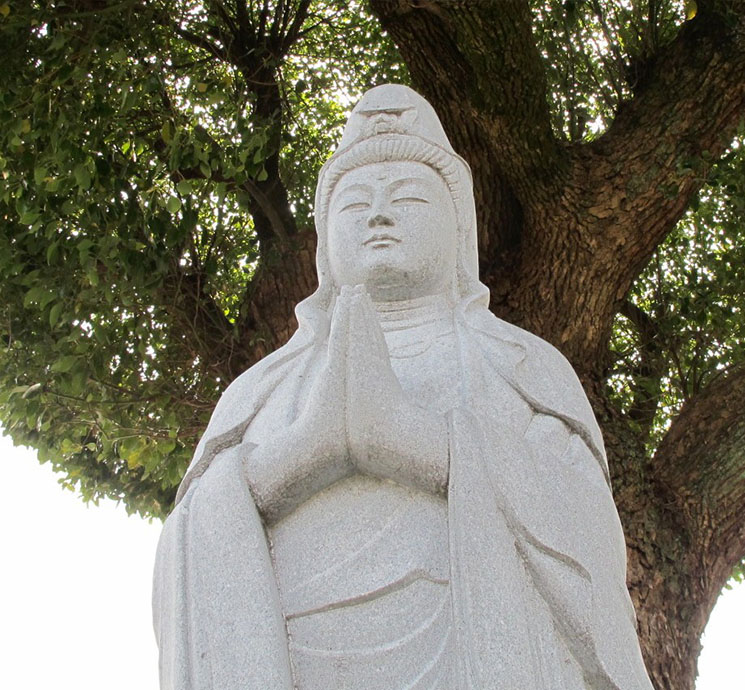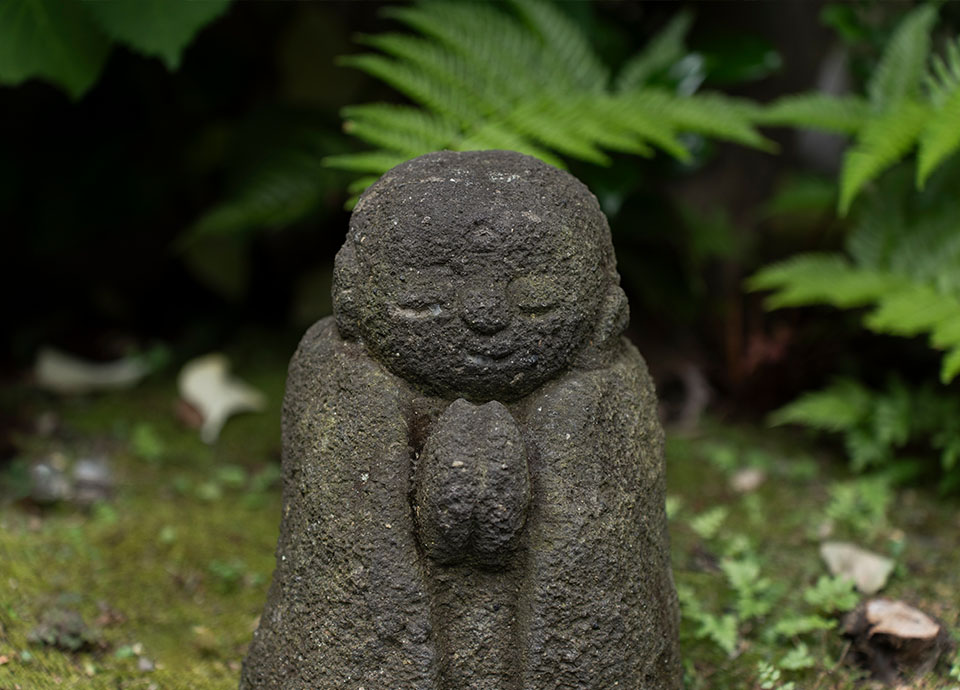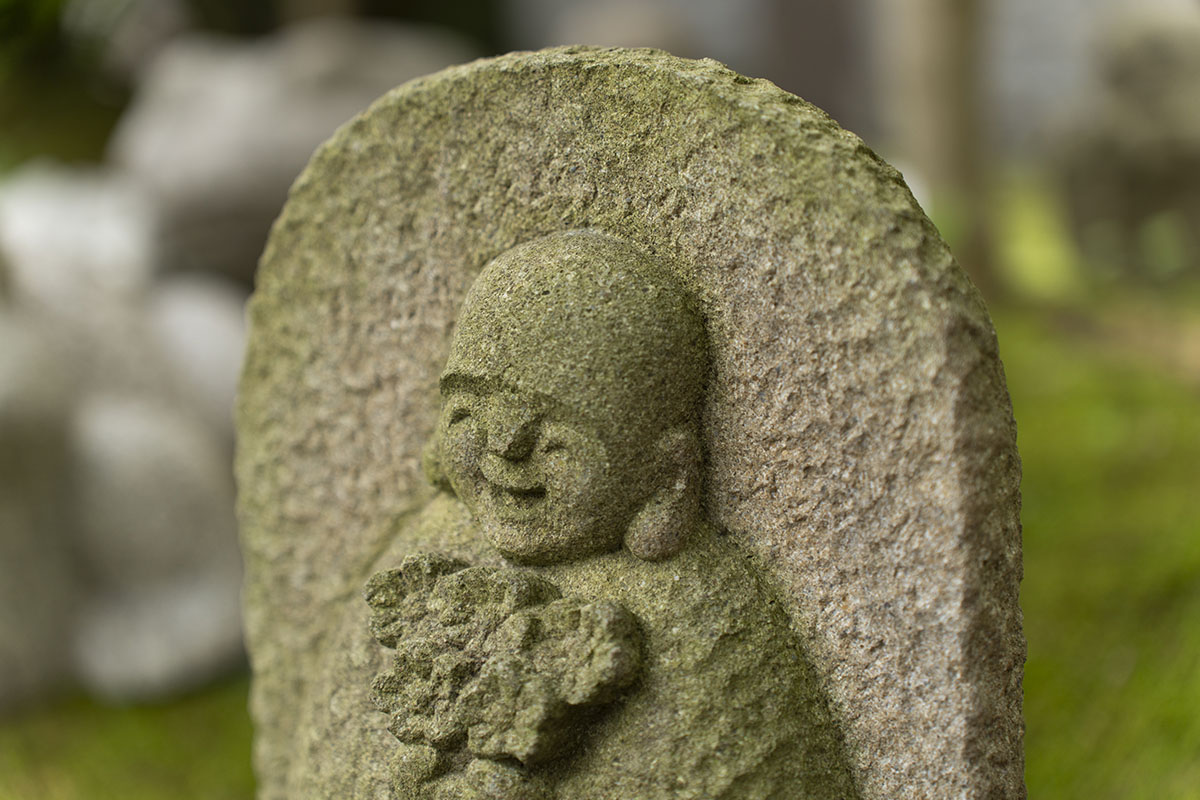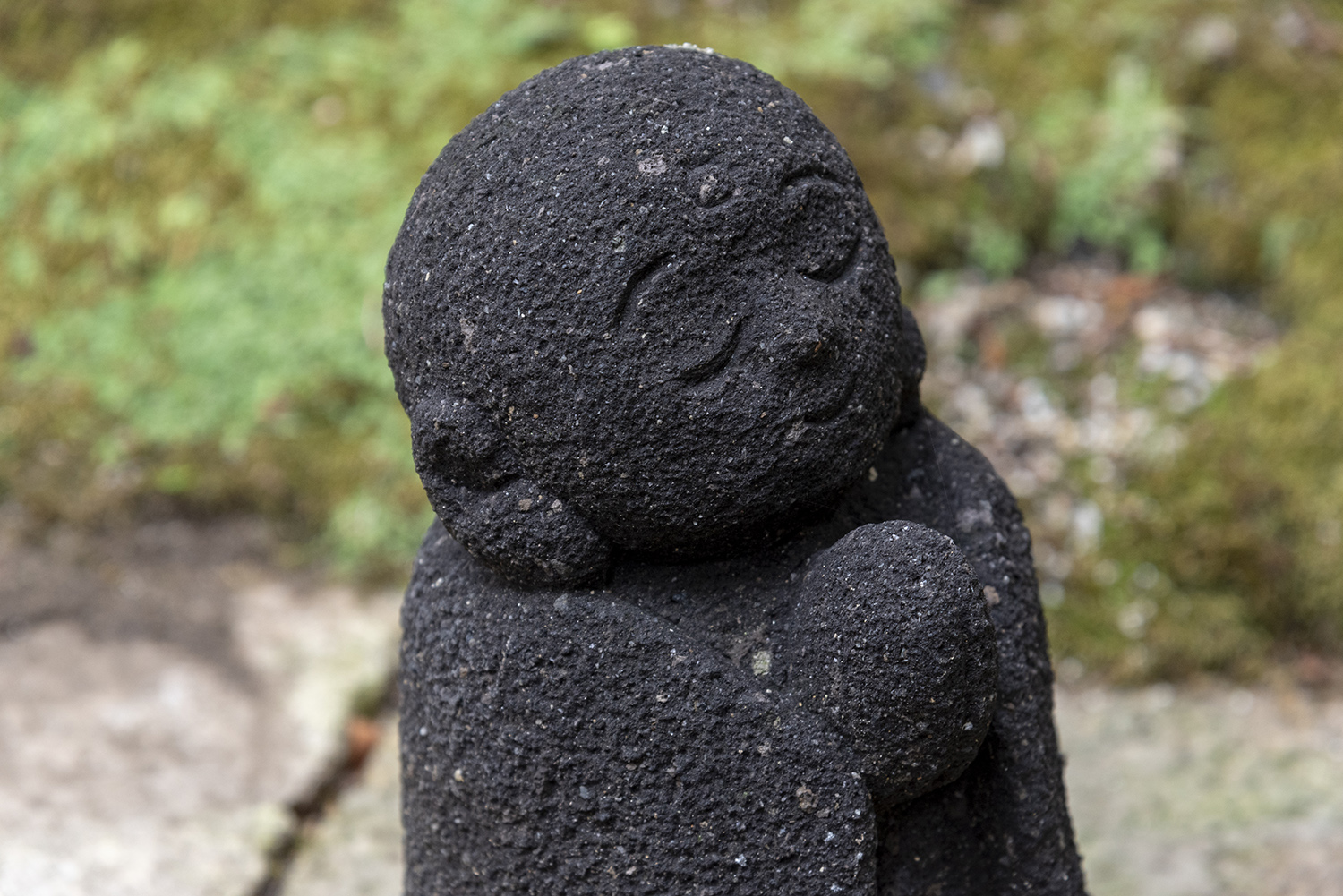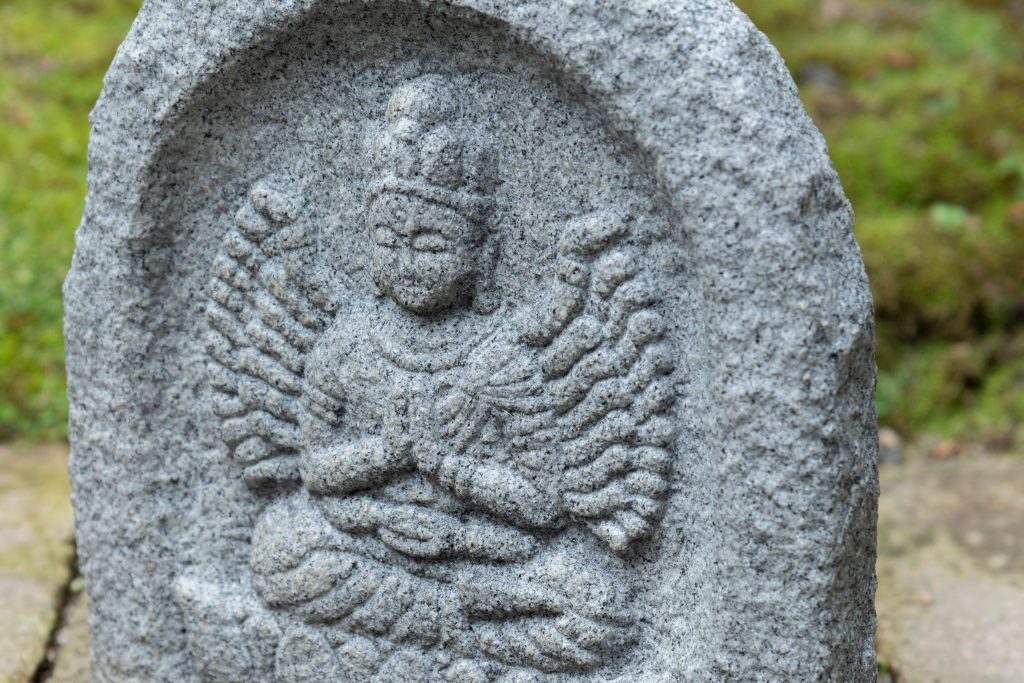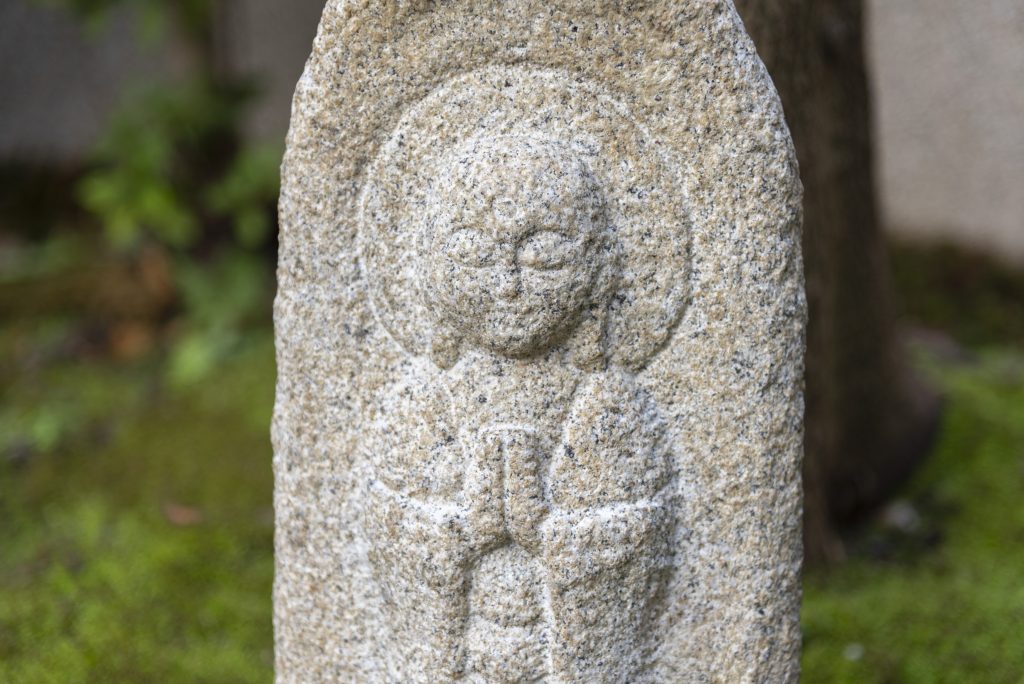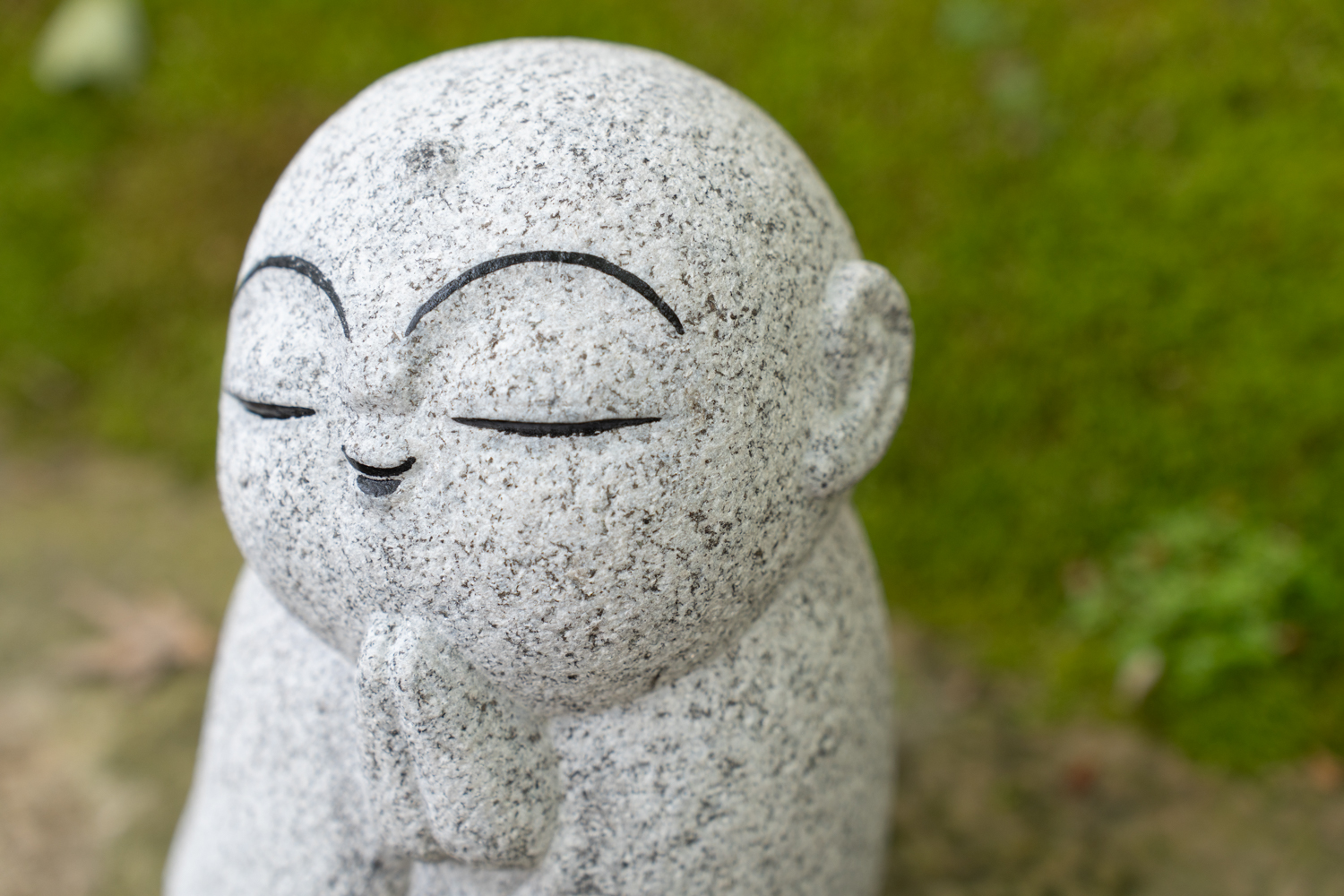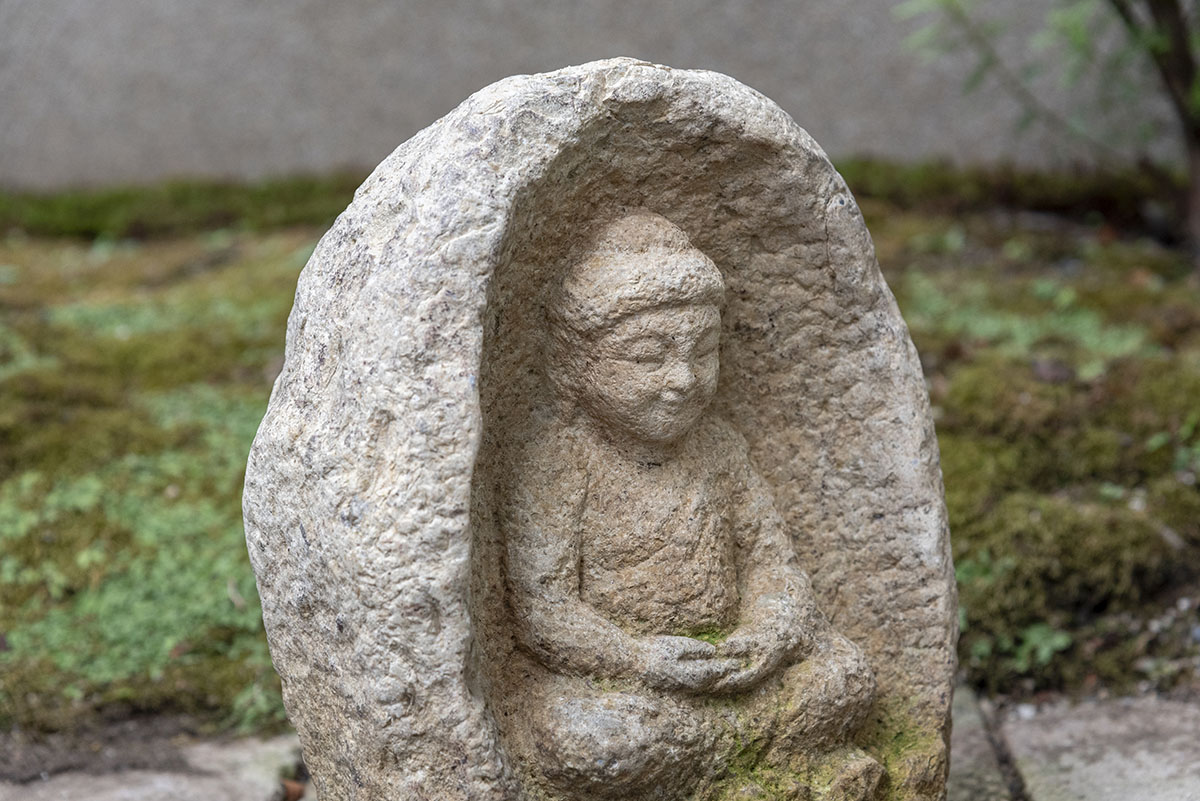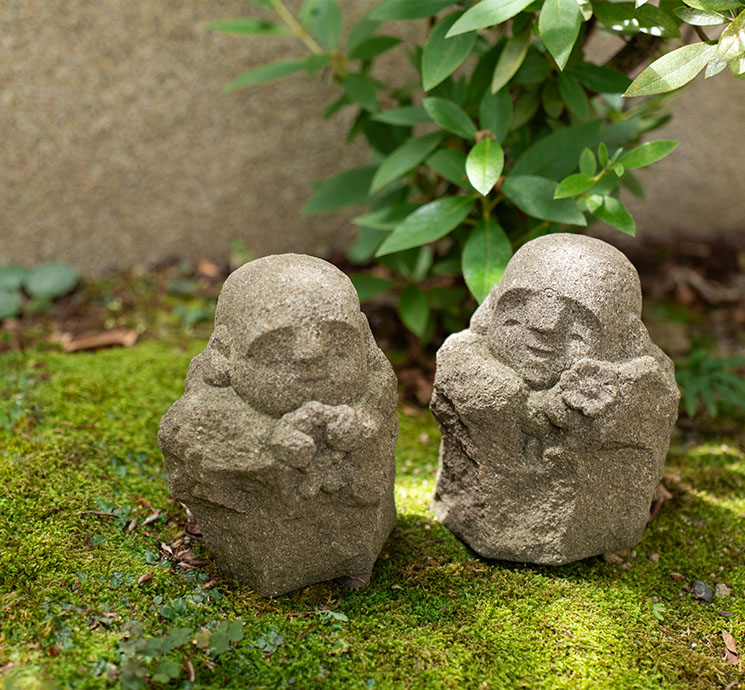Stone Buddha statues (sekibutsu) stand as serene, enduring symbols of faith, compassion, and inner peace in Japanese culture. Carved from stone and placed in temples, gardens, and roadside altars, these figures serve as spiritual guardians and meditative presences. Each statue embodies centuries of Buddhist belief and artistry—not only capturing the physical image of the Buddha, but also expressing the values he represents: enlightenment, kindness, and protection.
-
Historical Background
The tradition of stone Buddha carving in Japan dates back to the Asuka period (538–710), when Buddhism was first introduced from the Asian continent. Early statues were often large-scale and placed in temples as objects of devotion. As Buddhism spread, smaller statues began appearing along mountain paths and in rural villages, making spiritual connection part of daily life for the common people. Over the centuries—through the Nara, Heian, and Kamakura periods—styles evolved from grand and formal to more expressive, humanized forms.
-
Cultural Significance
Stone Buddha statues in Japan are spiritual presences that offer protection, compassion, and guidance in both sacred and everyday spaces. Jizo Bosatsu holds a special place in the hearts of many, serving as the guardian deity of children, travelers, and those facing hardship. In particular, Mizuko Jizo statues are offered prayers by families mourning unborn or lost children—providing comfort, healing, and a space for remembrance. Other stone Buddhas such as Kannon Bosatsu or Shaka-nyorai Buddhas also serve as powerful symbols of enlightenment, peace, and inner reflection. They invite contemplation, offering a moment of stillness in the world.
Types and Characteristics
Stone Buddhas come in many forms, reflecting various Buddhist traditions and regional styles.
-
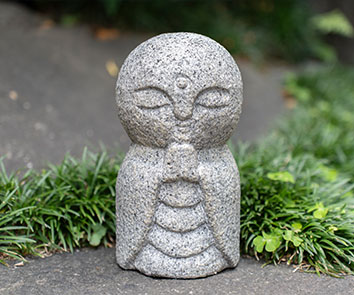
-
Jizo Bosatsu(地蔵菩薩)
One of the most beloved figures in Japan, Jizo is the gentle guardian of children, travelers, and those suffering.
-
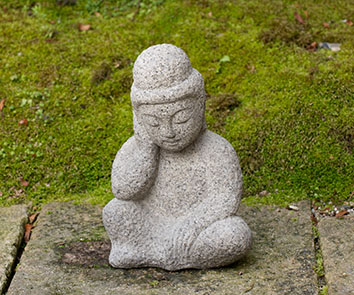
-
Kannon Bosatsu (観音菩薩)
The bodhisattva of compassion, Kannon is shown with serene features and sometimes multiple arms or faces to symbolize the ability to reach all beings in need.
-

-
Shaka Nyorai (釈迦如来)
The historical Buddha, often depicted seated in meditation or teaching gestures. They are timeless symbols of enlightenment and inner peace.
-
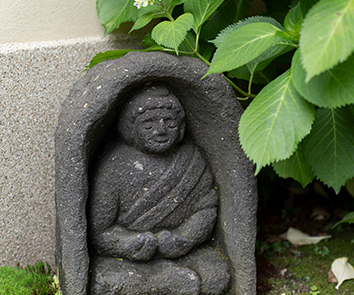
-
Amida Nyorai (阿弥陀如来)
The Buddha of Infinite Light and the central figure in Pure Land Buddhism. Amida statues are placed in memorial spaces and cemeteries, offering comfort and hope for rebirth.
Materials
Ishimo offers a wide selection of locally sourced Japanese stones, each chosen for their texture, tone, and character.
-
Ishimo’s Buddha Statues
At Ishimo, our stone Buddha statues are hand-carved by skilled artisans who carry forward the long tradition of Buddhist sculpture. Each piece is crafted with intention and care, faithful to historical forms, yet subtly unique in expression and gesture. We offer a variety of sizes to suit different settings: homes, memorial spaces, temple grounds, or gardens. Our statues also make thoughtful gifts for remembrance, spiritual protection, or seasonal offerings. With Ishimo, every statue is more than just an object—it is a presence, a prayer in stone.



